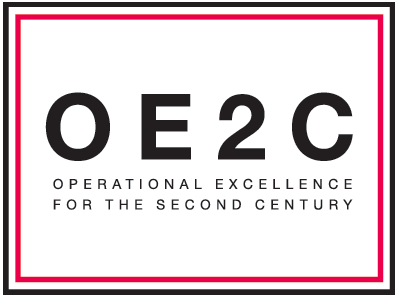The Operational Excellence for the 2nd Century (OE2C) Initiative continued with the diagnostic, development and implementation stages of its seven initiatives this summer.
Launched in early 2014, OE2C aims to strengthen the economic vitality of SMU by redirecting funds, streamlining costs and reducing redundancies in the university’s administrative and academic departments. The program’s overall goal is to make SMU a top 50 university.
The university posts news updates and information on its OE2C website in an attempt to remain transparent throughout the initiative’s implementation.
This summer’s work mainly consists of redesigning departmental structures, streamlining services and presenting research.
The Finance Initiative with its three sub-teams, Budget, Data & Analytics and Service Delivery, finished their evaluations and research of the university’s effectiveness while handling finances. Each sub-team has shared its research with university officials during the summer months.
The Budget sub-team evaluated SMU’s budget model and processes by interviewing 13 peer universities for their recommendations and lessons. The Data & Analytics sub-team interviewed nine financial officers, four finance departmental heads and three assistant deans in order to create a catalog of university data decisions. The Service Team conducted surveys and discovered that 90 percent of SMU’s finance work is transactional, allowing room for efficiency, reduction and redesign applications.
The Procurement Initiative transitioned to Concur, a cloud-based mobile tool, on June 20 to simplify reimbursements. Concur replaced the previous paper-based process and allows for online uploads of documents with less approvals through various departments.
The Travel Initiative is utilizing Concur to offer a solution for travel bookings with an SMU Card or personal credit card. Travelers can request an SMU card for booking and will be reimbursed for out-of-pocket expenses after trips.
July 1 marked SMU’s transition to direct deposit for every employee and staffer. The pay option is now mandatory in order to reduce the time, costs and papers involved in physical paychecks.
The IT Initiative team with its three sub-teams, Operational Computing, Academic Computing and Enterprise Resource Planning (ERP), conducted focus groups, surveys, faculty meetings and feedback to determine the best practices for the university’s IT systems.
The Operation Computing and Academic Computing teams created documents detailing their findings within their fields of research. The ERP Team evaluated other cloud-based systems to compare with SMU’s current system PeopleSoft.
HR altered its staff recruiting process by transitioning to a talent-management model led by Director Lorea Belle Seidel. The team is working to reduce the administrative work and time needed to hire new staff members within its forms, process and communications sectors.
OE2C also created a new communications council for sharing information with different parts of SMU’s campus and collecting feedback. The council consists of one member each from Athletics, Business & Finance, DEA, Legal, Provost, Student Affairs, CUL, Cox, Dedman, Dedman Law, Lyle, Meadows, Simmons and Perkins.
The SMU Campus Weekly will continue to follow the OE2C Initiative throughout its implementation.









